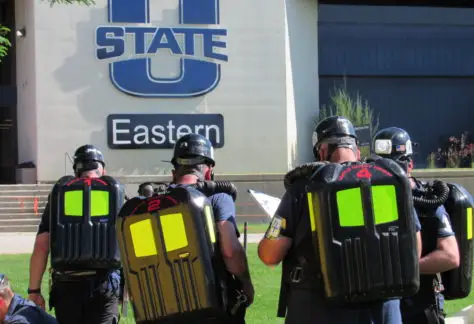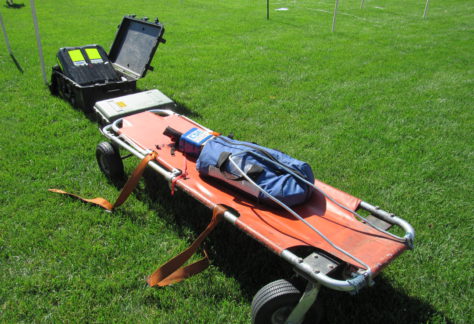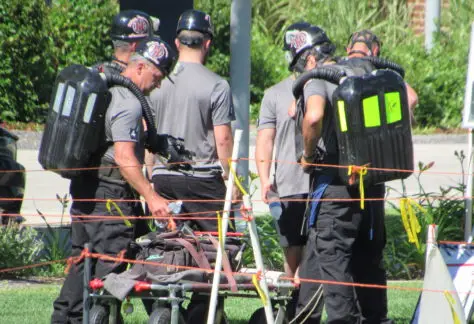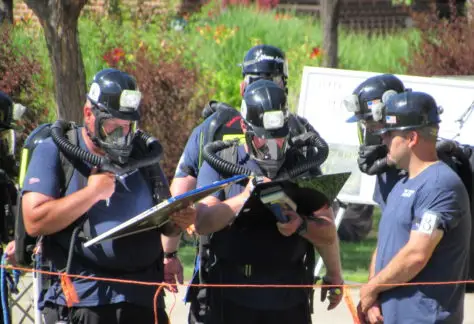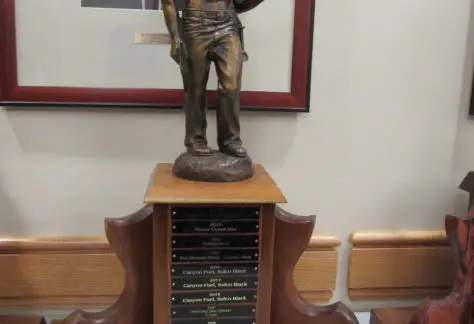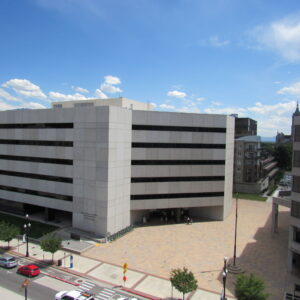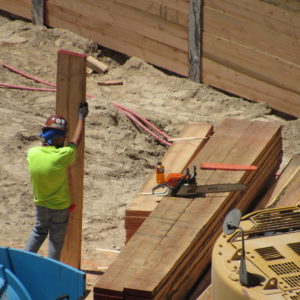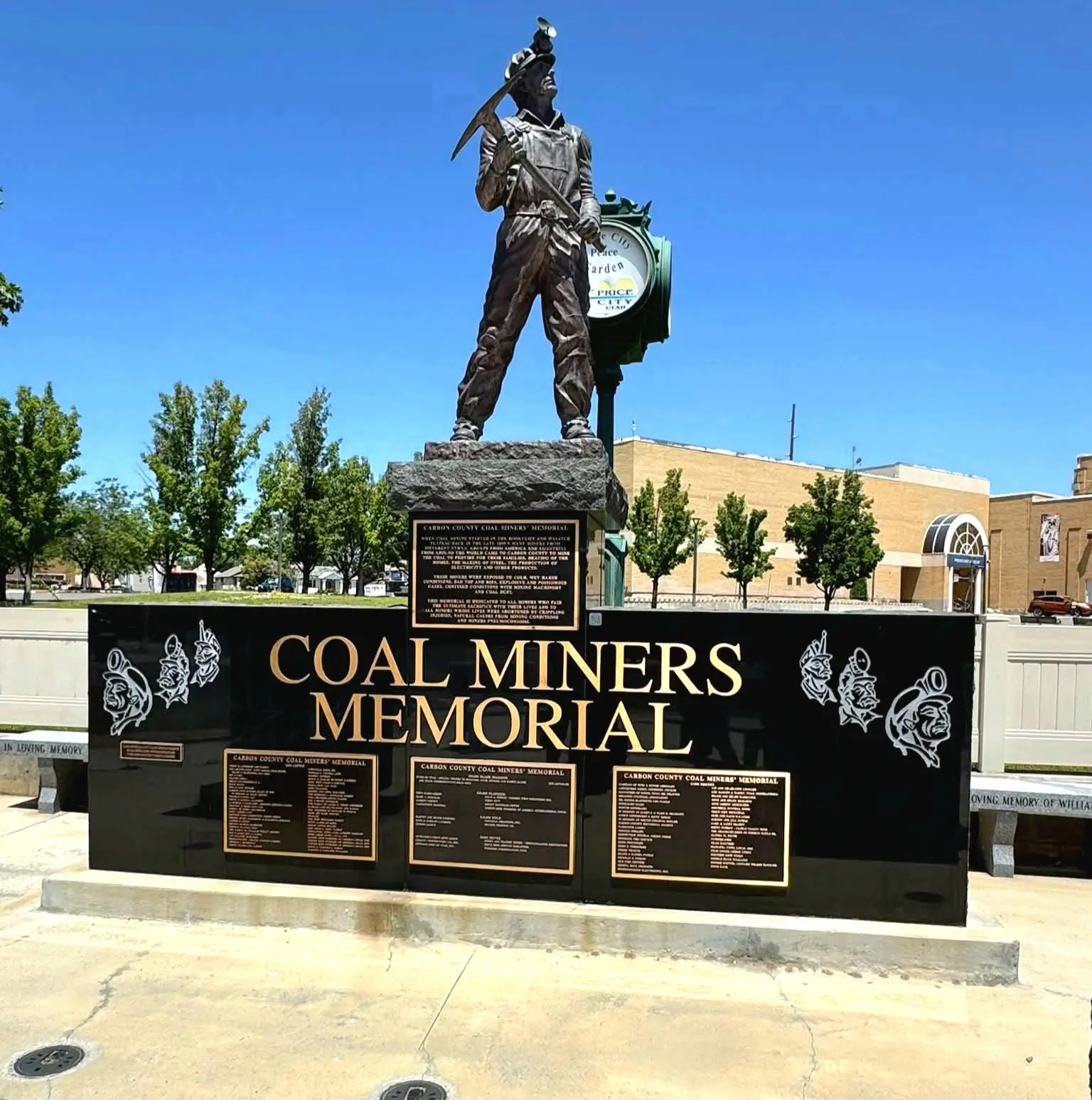
In the final week of June, the quiet town of Price, Utah, became the center of the Rocky Mountain mining community. Held on the campus of Utah State University Eastern, the 49th Annual Rocky Mountain Mine Rescue Association’s Mine Rescue Competition brought together teams from across the Rocky Mountain region.
These annual competitions are more than a display of technical skill—they are a vital part of safety preparedness in one of the most dangerous industries in America. With ten teams competing this year, the event once again highlighted the dedication of miners who train year-round to respond to life-threatening emergencies underground.
More Than a Competition
Mine rescue teams are composed of working miners who volunteer their time for this critical role. Federal law requires these team members to complete at least 96 hours of training each year and participate in a minimum of two competitive rescue events to maintain their certifications.
“These teams are made up of regular miners,” explained Debbie King, Coal Miner Certification and Safety Specialist with the Utah Labor Commission. “They do this on their own time. The mine rescue people are the elite.”
For these men and women, the competition is not just a requirement—it’s a deeply held commitment to protecting their colleagues and maintaining a culture of safety within the mining industry.
Putting Skills to the Test
The event began with a written examination that tested participants’ knowledge of mine safety protocols and emergency procedures. From there, teams entered a realistic, simulated mine environment filled with potential hazards: smoke, structural collapse, flooding, and explosive gases.
Throughout the exercise, communication and problem-solving were critical. Each team reported to a command center, strategizing with briefing officers and mine managers stationed at the simulated surface. Judges—including Utah Director of Coal Mine Safety Justin Barrington and Debbie King—carefully scored each team’s performance based on safety compliance, teamwork, accuracy, and decision-making.
“As a judge, we look for rule violations and deduct accordingly,” said Barrington. “Some of the deductions are small—1 or 2 points—but some are significant. For example, moving an explosive gas over an ignition source is a 30-point deduction.”
A Family Affair
The competition also underscores the close-knit community behind mine rescue work. Families come to cheer on their loved ones and, in at least one case, become part of the action. When a team needed an extra participant at a recent competition, a 12-year-old daughter stepped up to portray a scenario victim—filling in so her father could join the team on the field.
“The teams love small patients!” King laughed. “They’re much easier to transport and cover with a blanket.”
Experience and Perspective
Justin Barrington knows firsthand the challenges and rewards of mine rescue competition—he served as a rescue team captain for 15 years before joining the Labor Commission.
“The hardest aspect varies,” he said. “You not only decide what work is to be done, but also how to ventilate the mine. Frequently your decision is the difference between winning and losing. That, for me, was the hardest part.”
Despite the challenges, Barrington is a firm believer in the competition’s value. “The benefits are significant. It improves the mindset of safety, changes behavior, and builds teamwork and problem-solving skills that make the industry safer and more productive.”
Supporting a Safer Industry
The Utah Office of Coal Mine Safety, a division of the Utah Labor Commission, plays a major role in organizing, judging, and supporting this event each year. Both Barrington and King are deeply invested in its success, working tirelessly behind the scenes and in the field to ensure a meaningful and professionally executed competition that builds both technical skill and professional pride.
“The State of Utah showing its support for the competition demonstrates our dedication to a safe work environment,” said Barrington. “Taking home a trophy and earning bragging rights builds confidence across the team and the workforce. Ultimately, it’s all for one goal—that every miner goes home safe after every shift.”
Looking Ahead to 2025
With the 50th anniversary of the Rocky Mountain Mine Rescue Association’s competition on the horizon, planning is already underway for a landmark event next year. The Utah Labor Commission is honored to continue supporting this legacy of safety, skill, and service in the mining community.
Stay tuned for details on the 2025 competition as we prepare to celebrate five decades of life-saving teamwork and dedication in the Rocky Mountain region.

